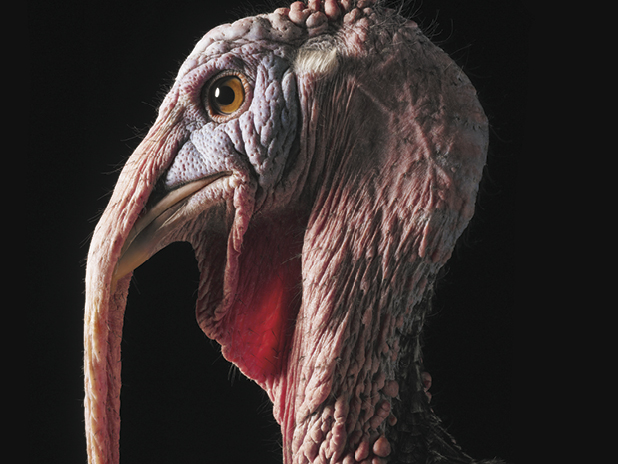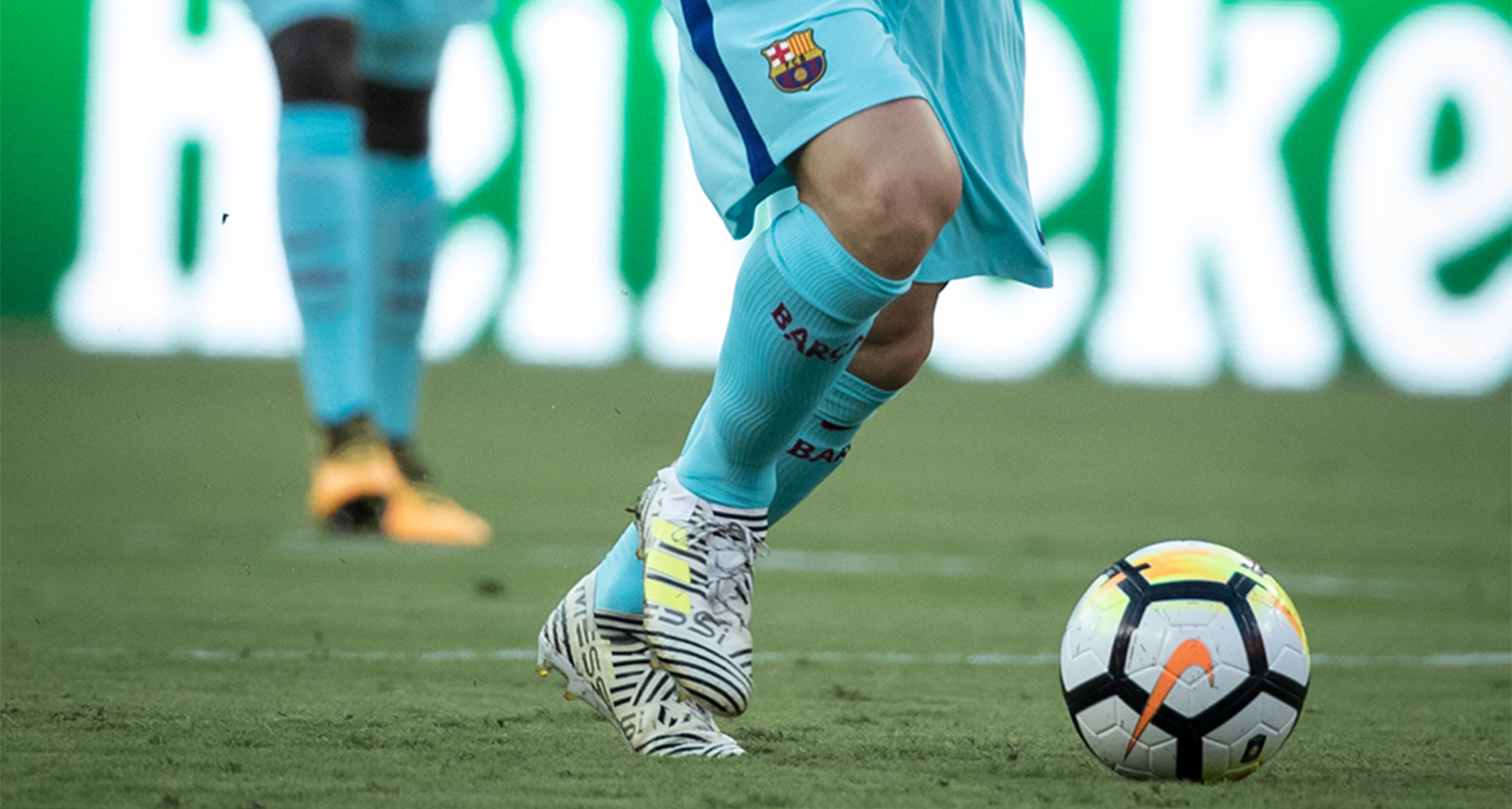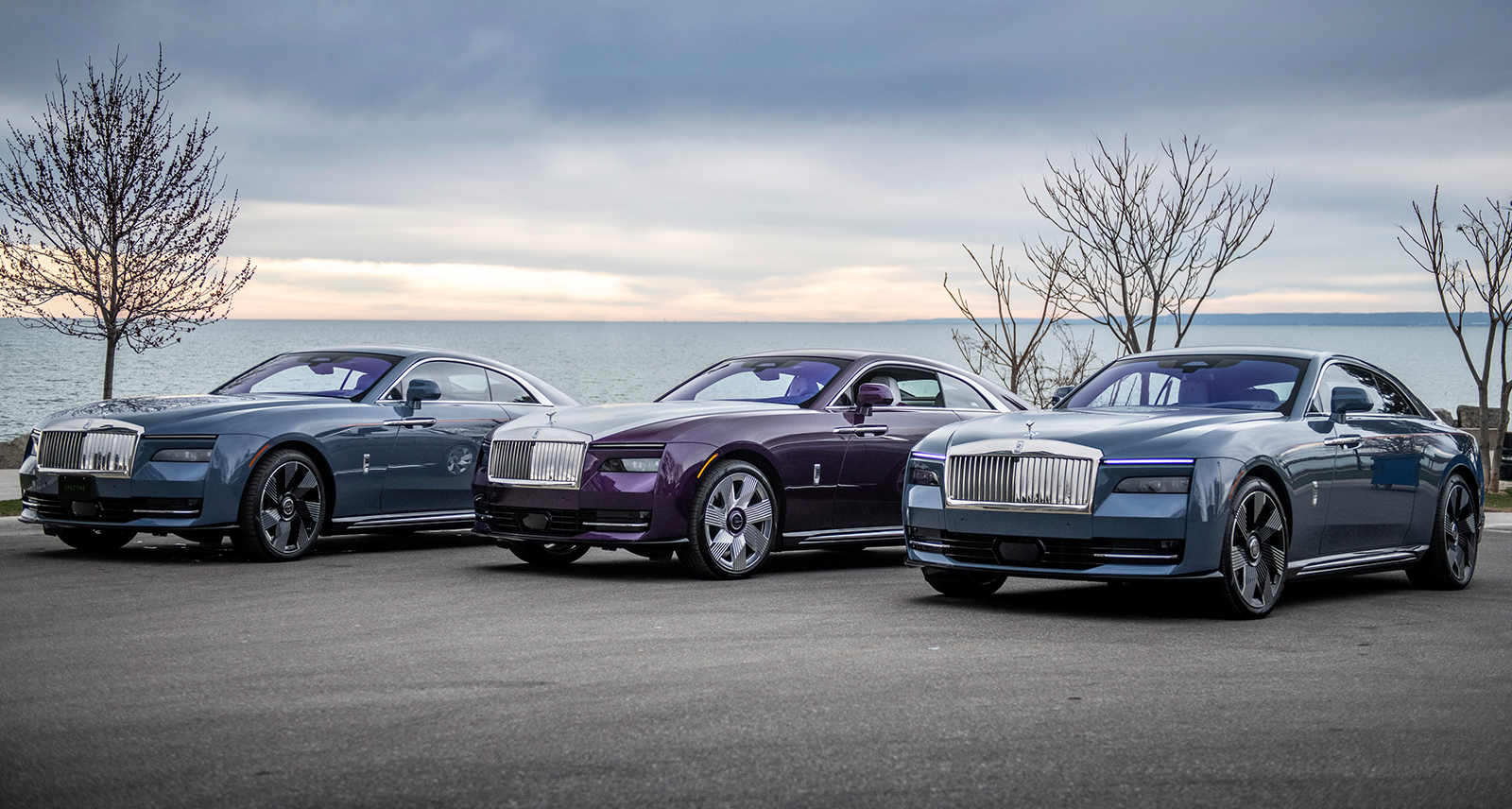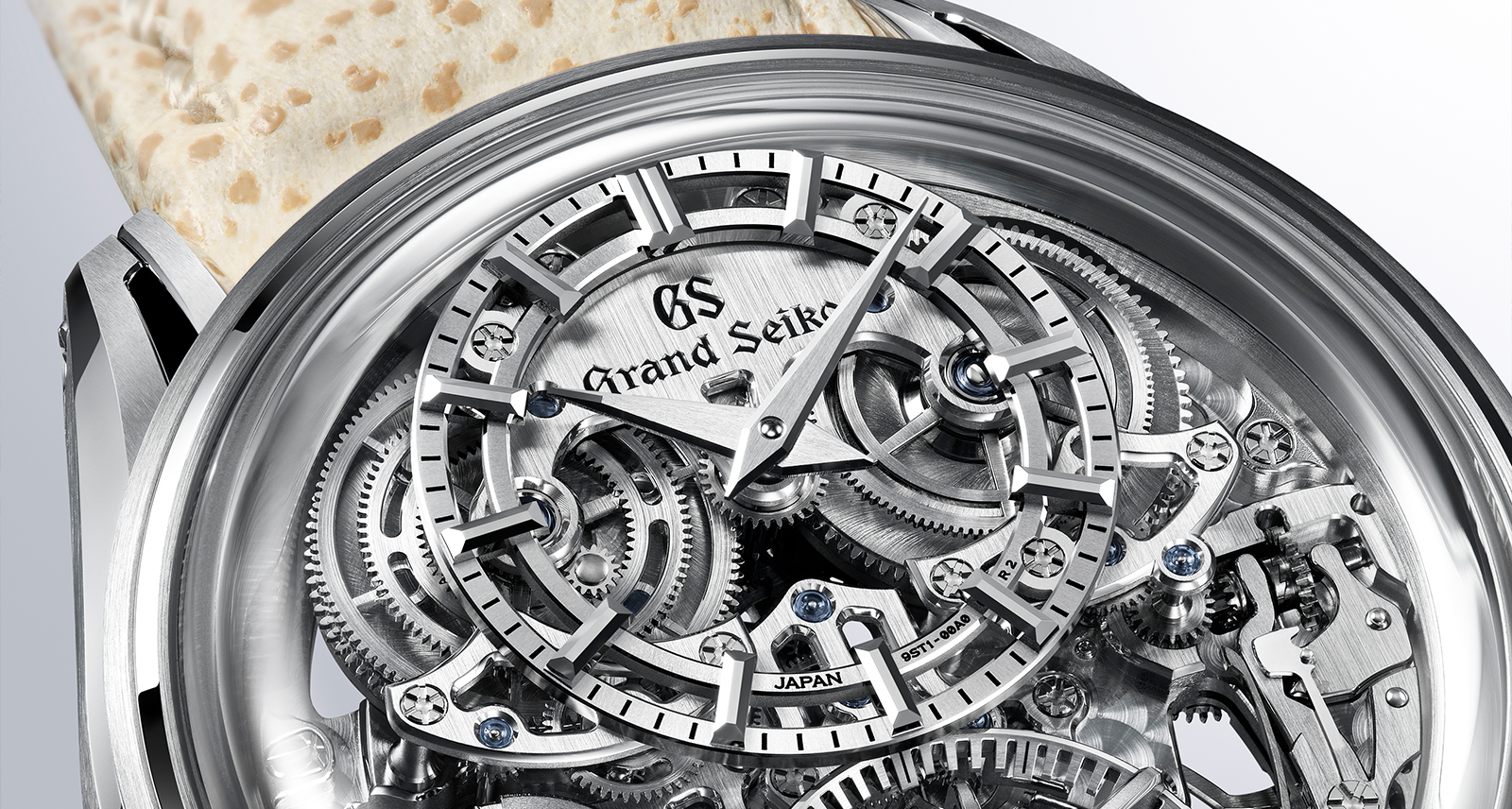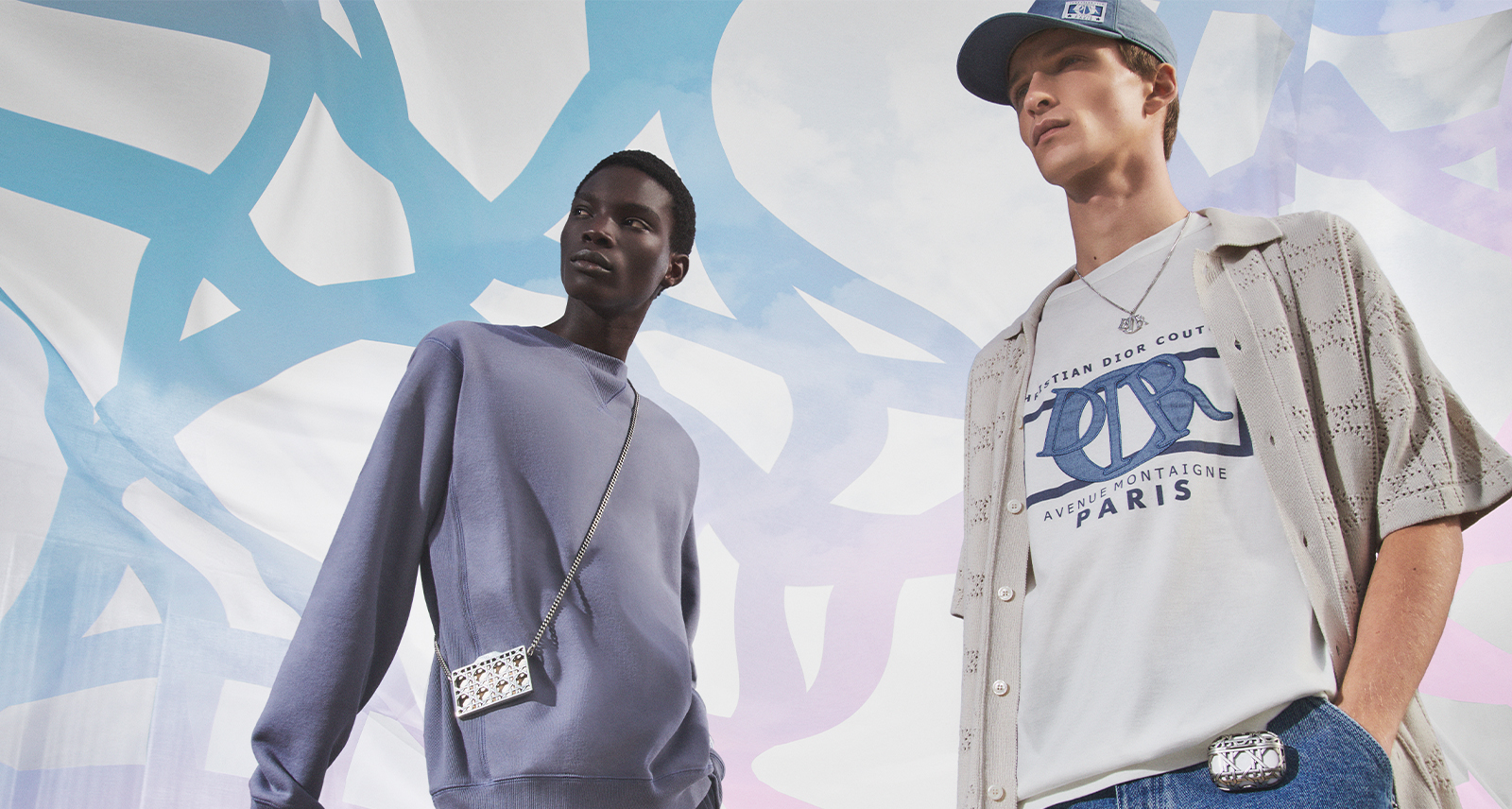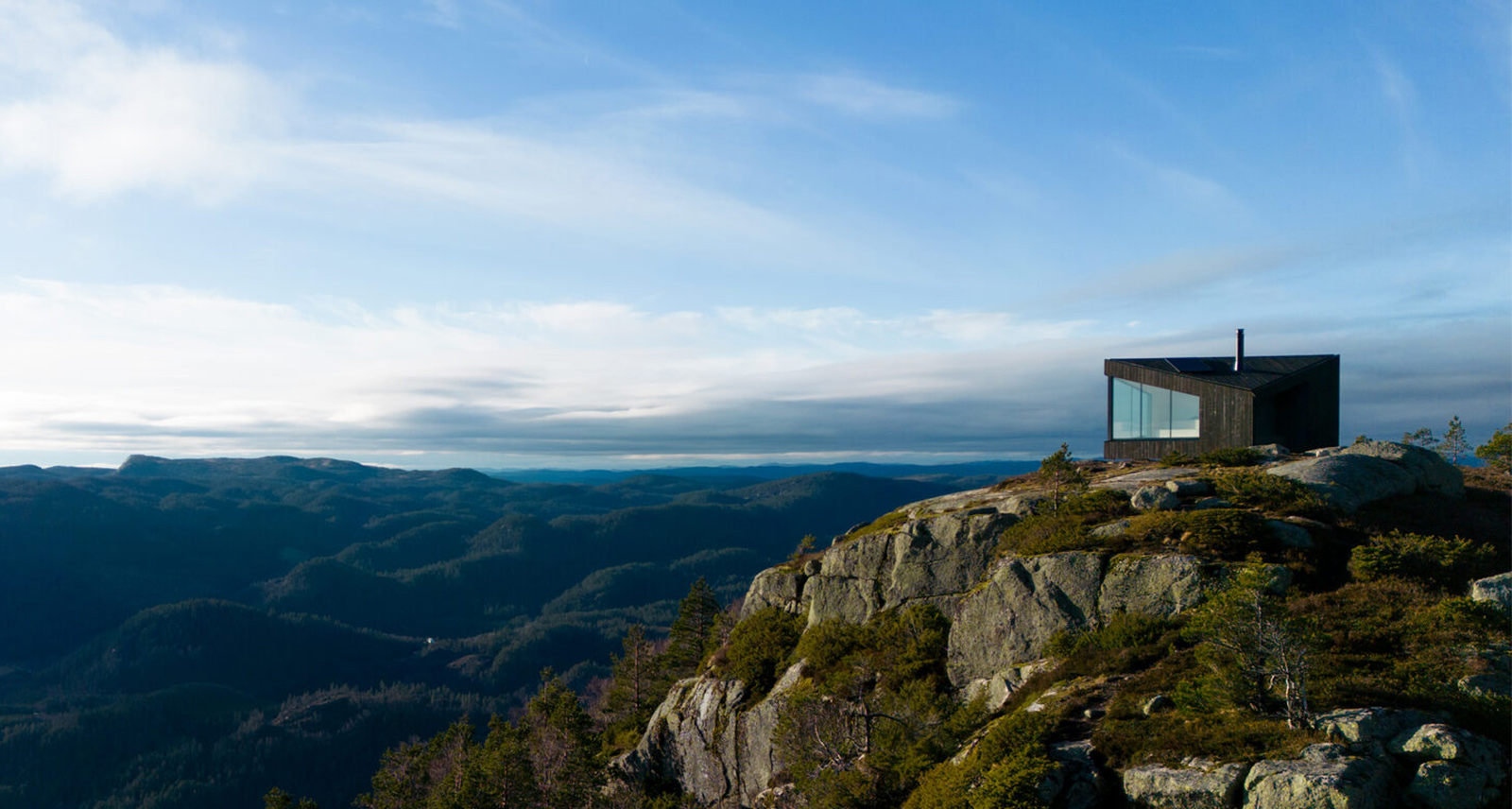Murder Most Fowl: How I Learned to Put Food on the Table
Even in rural Thornbury, on a windy hillside overlooking Georgian Bay, the late spring day was an unseasonable scorcher. And the heat did not work well with my outfit. Heavy boots. Lined, padded trousers. A matching waterproof jacket, its oversized pockets stuffed to bulging. Form-fitting goves. Cap and bill pulled down low and snug over a spandex balaclava that squashed my nose facewards until it throbbed and grew numb.
All of this gear was cast in similar camouflage: dark brown and forest green. The idea was to avoid the suspicious gaze of local wild turkeys; the effect was to suck up all the available heat of the sun.
Belly down in the tall grass, awkwardly clutching a semi-automatic shotgun, I propelled myself slowly forward with my elbows, as quietly as possible. I was drenched in sweat and contemplating murder most foul. But to come clean, these dark thoughts were focussed less on the elusive fowl than on the blackflies swarming madly around my head, getting into my eyes and nose. Blackflies that I couldn’t swat for fear of drawing attention to myself.
Because wouldn’t you know it? Those fat turkeys that stroll insouciantly down the shoulder of so many country roads all summer long, oblivious to the passing traffic, behave entirely differently come opening day of hunting season. In fact, at sunrise that very morning, they are transformed. As if by magic, every last hideous one of them becomes a hyper-vigilant sentry for their flock, beady eyes scanning woods and field with a paranoid intensity reminiscent of Cold War-era East German guards keeping watch at Checkpoint Charlie.
The unexpected rustle of a leaf, the snap of a twig, a poorly suppressed sneeze, or the strike of a match for lighting a well-deserved cigarette, can each unleash spontaneous turkey panic. And note that turkeys accelerate shockingly quickly to their impressive top speed. In the blink of an eye, they tilt forward, hunker down and motor away in a blurry streak, just like those little green dinosaurs in Jurassic Park.
Twenty minutes earlier, from a distance, my friend Matt and I spotted a flock of them, a dozen strong, moving out from the woods that flanked the sloped field. Most of them were hens, which are off-limits for the spring shoot. But one or two of them were toms, as the older males are known (the young studs are called jakes — as I frequently remind my old friend Tom). Toms stand out for their “beards” — big, long tufts of feather that sprout and dangle majestically from the centre of their battle-scarred chests, in a sort of ornithological imitation of Burt Reynolds, circa 1976.
